It's like motion controls. Nintendo came out with the Wii, motion controls were a huge goddamn fad for a few years, and now 2 of the 3 main console manufacturers put a gyro in their controllers which might be used for fine aiming control and that's about it.
Find me an American who says his car is equipped with "disk brakes." "Disk" is peculiar to computer magnetic storage media, and "disc" for a round object that probably spins.
Can't tell if that's an actual line of the show or not.
This is an amazing idea.
I would draw the line at shareholders.
You may use my software free of charge if you are a student, hobbyist, hobbyist with income, side hustler, sole proprietorship, LLC, S-Corp, non-profit, partnership, or other owner-operator type business.
Corporations with investors or shareholders will pay recurring licensing fees. Your shareholders may not profit from my work unless I profit from it more than they do. If you can afford a three inch thick mahogany conference table you can afford to pay for your software.
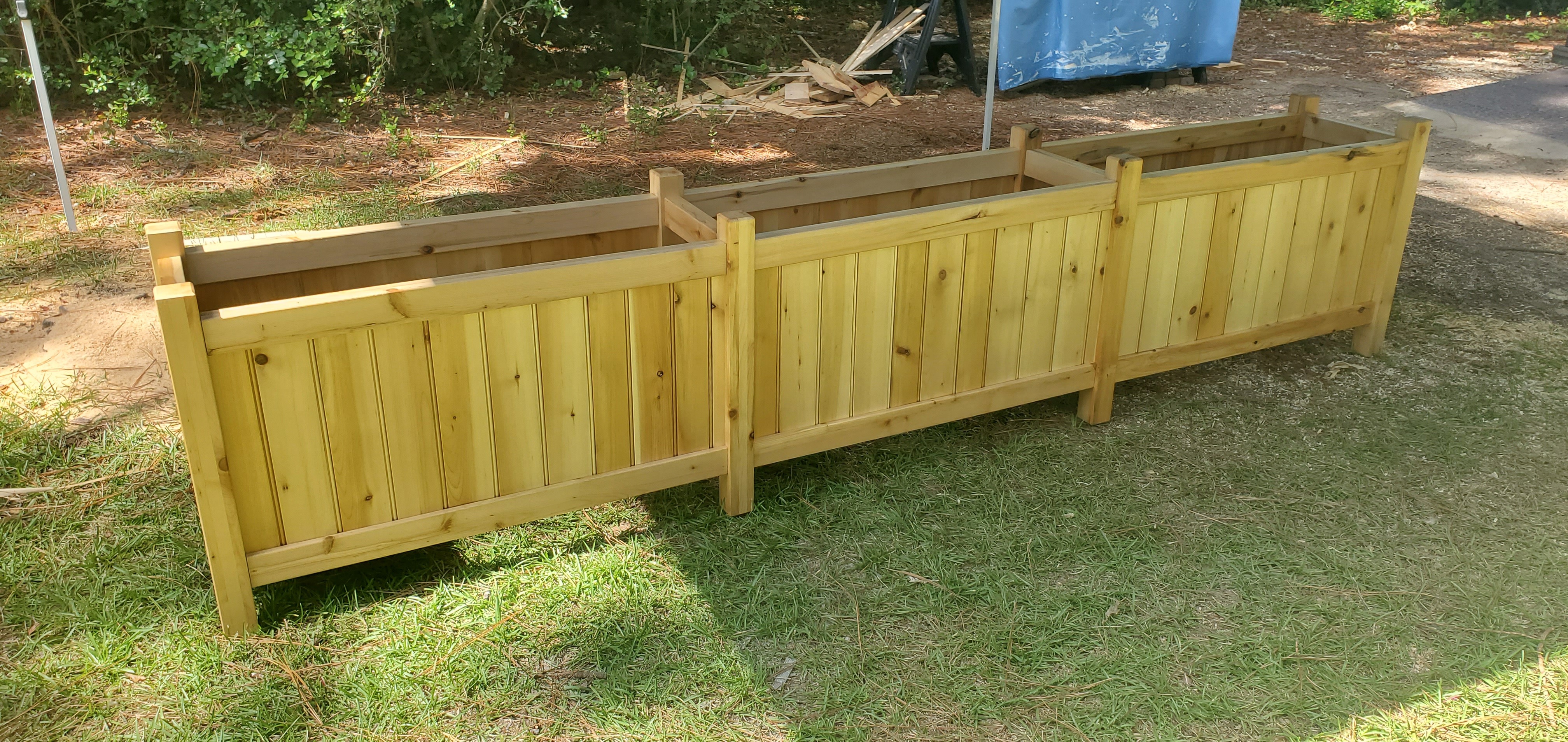
Stand back I don't know how big this thing is going to get!
Actions like...forcing strangers on the highway to stop, holding them against their will, forcing them to leave their vehicles, all of which are definitely felonies?
I'm older than ATX but younger than x86 architecture.
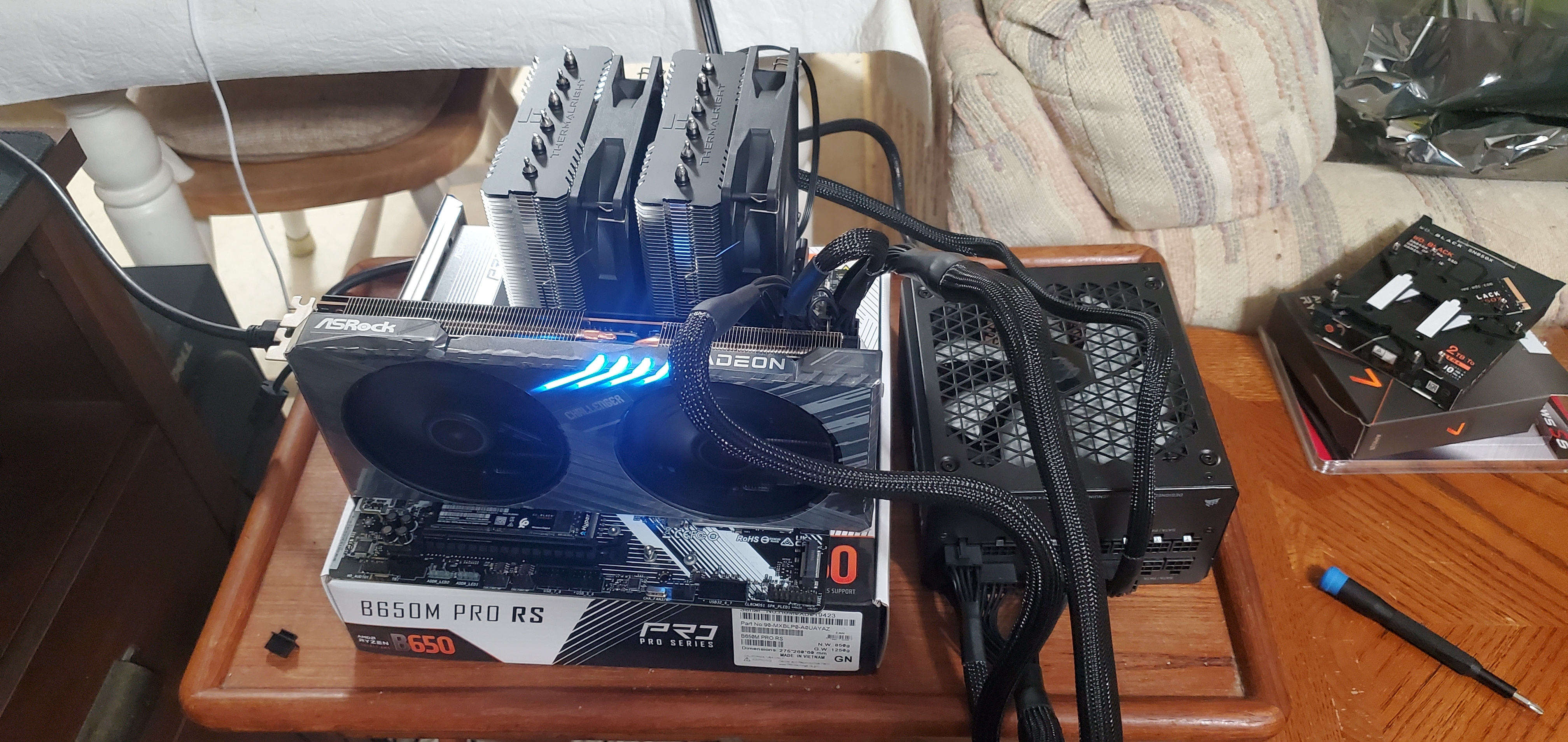
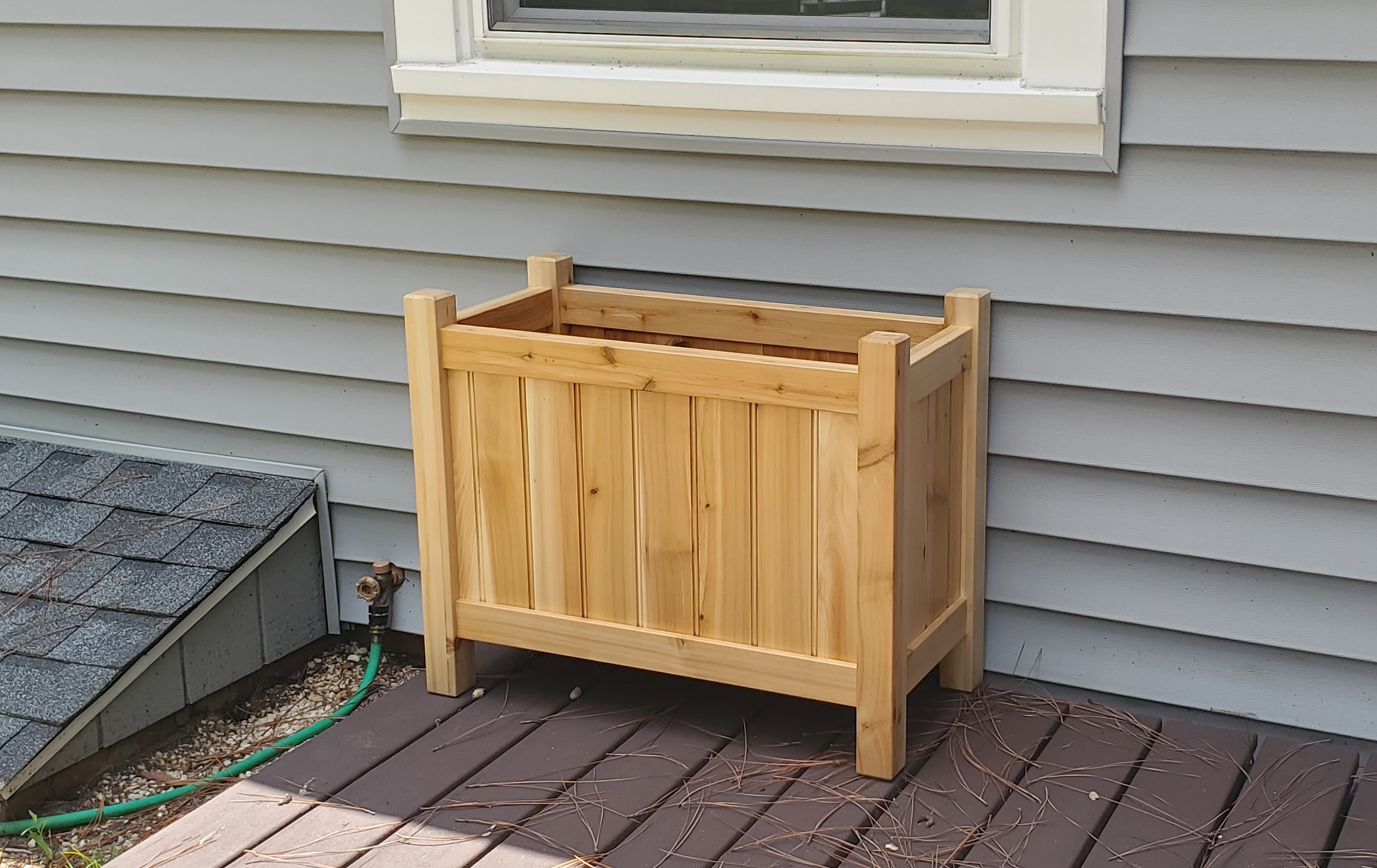

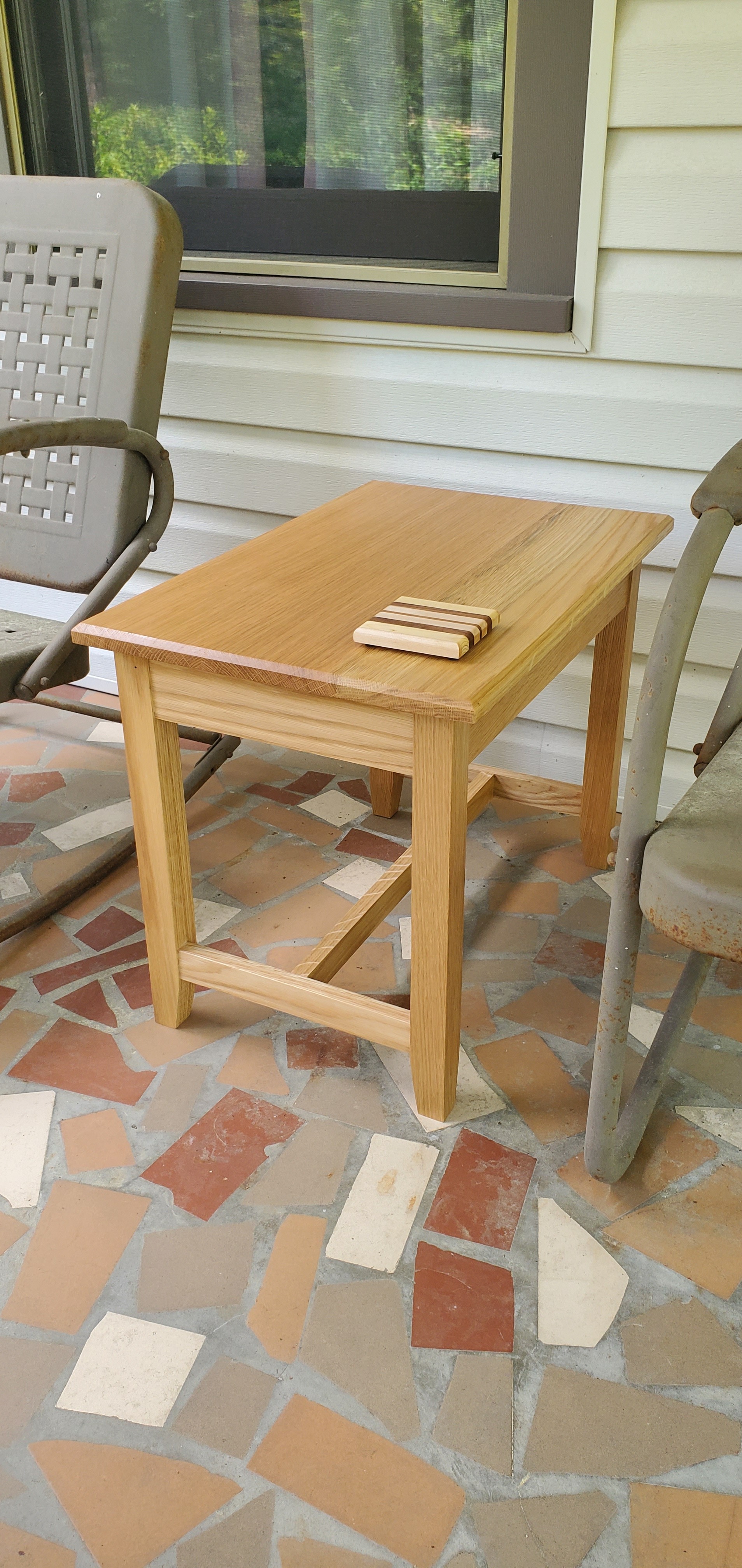

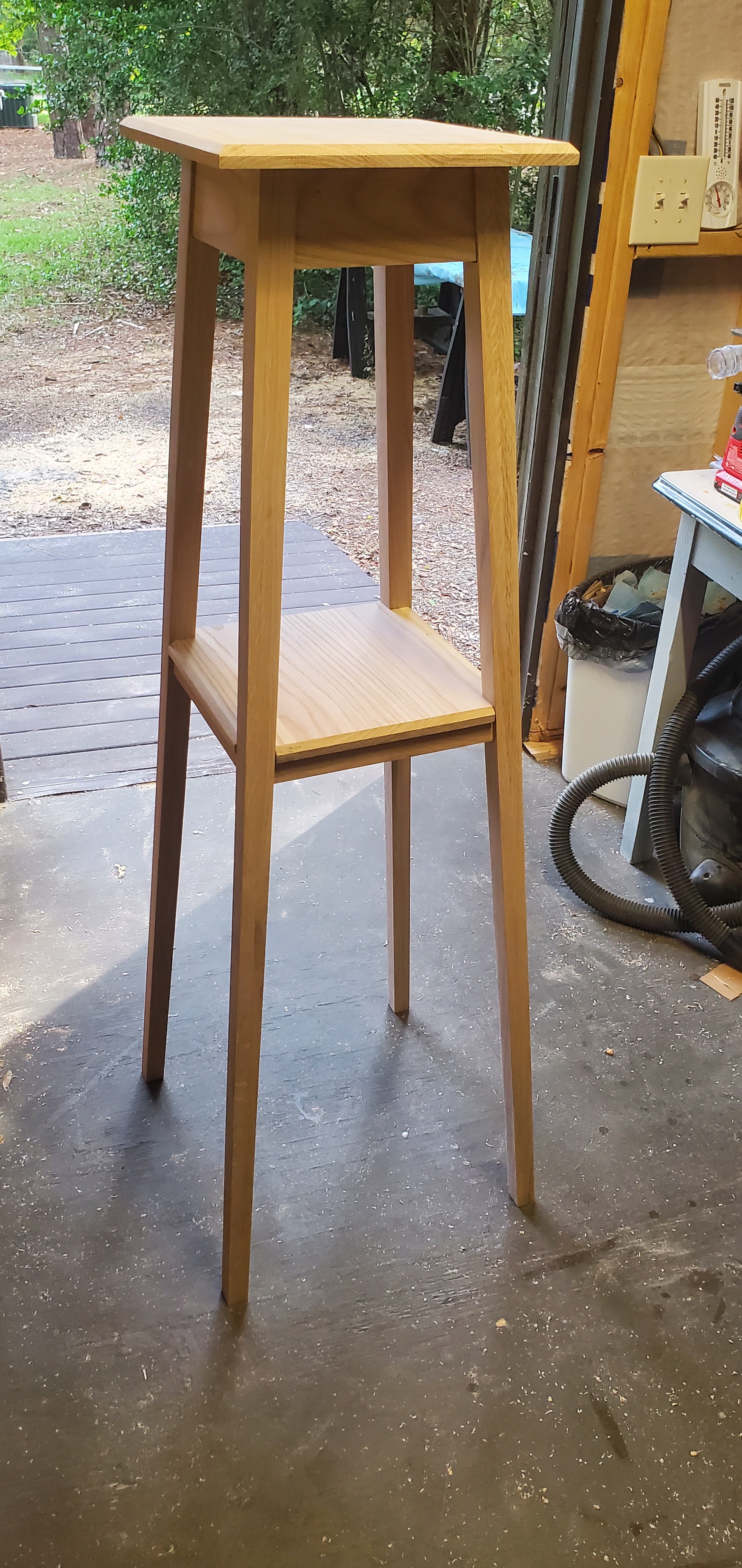
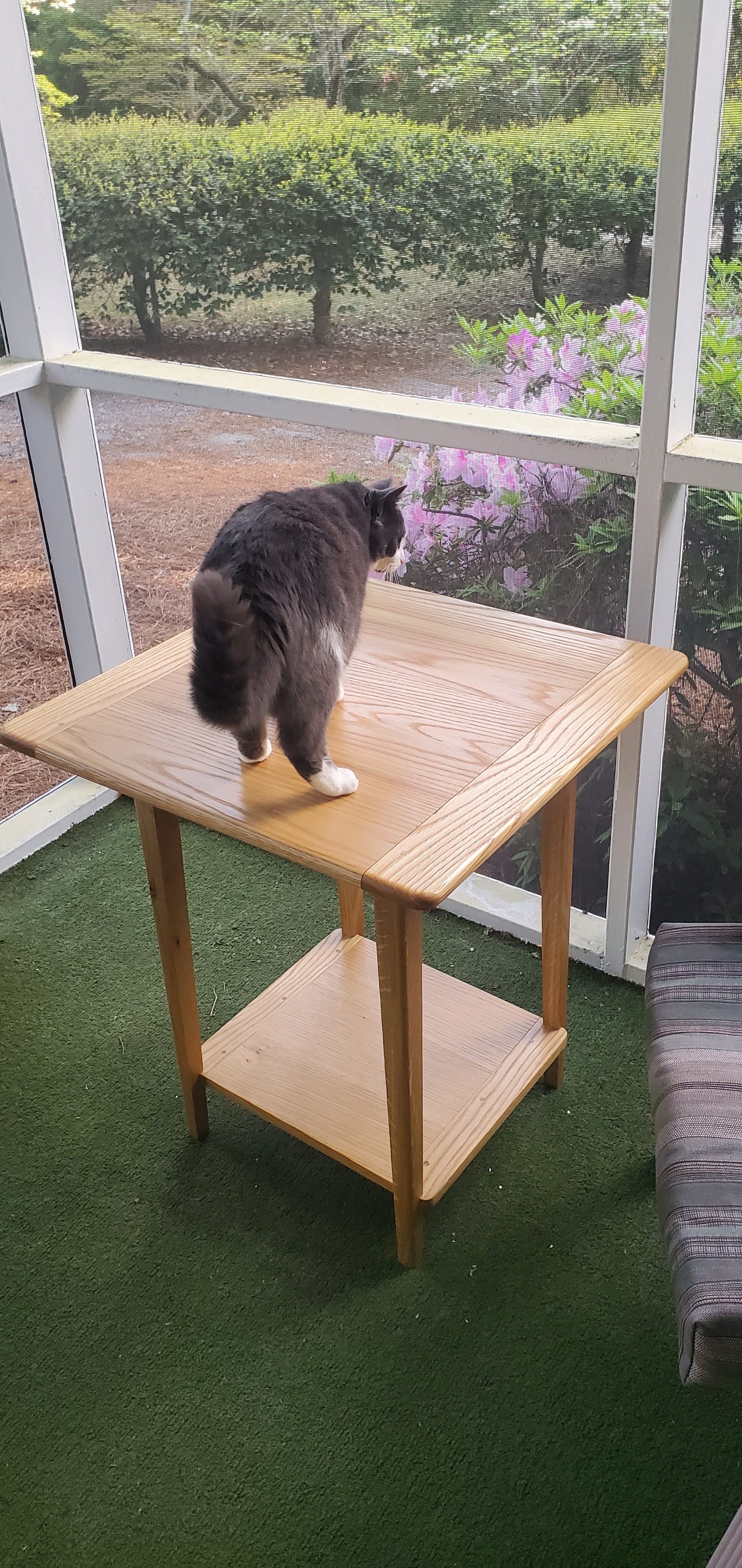
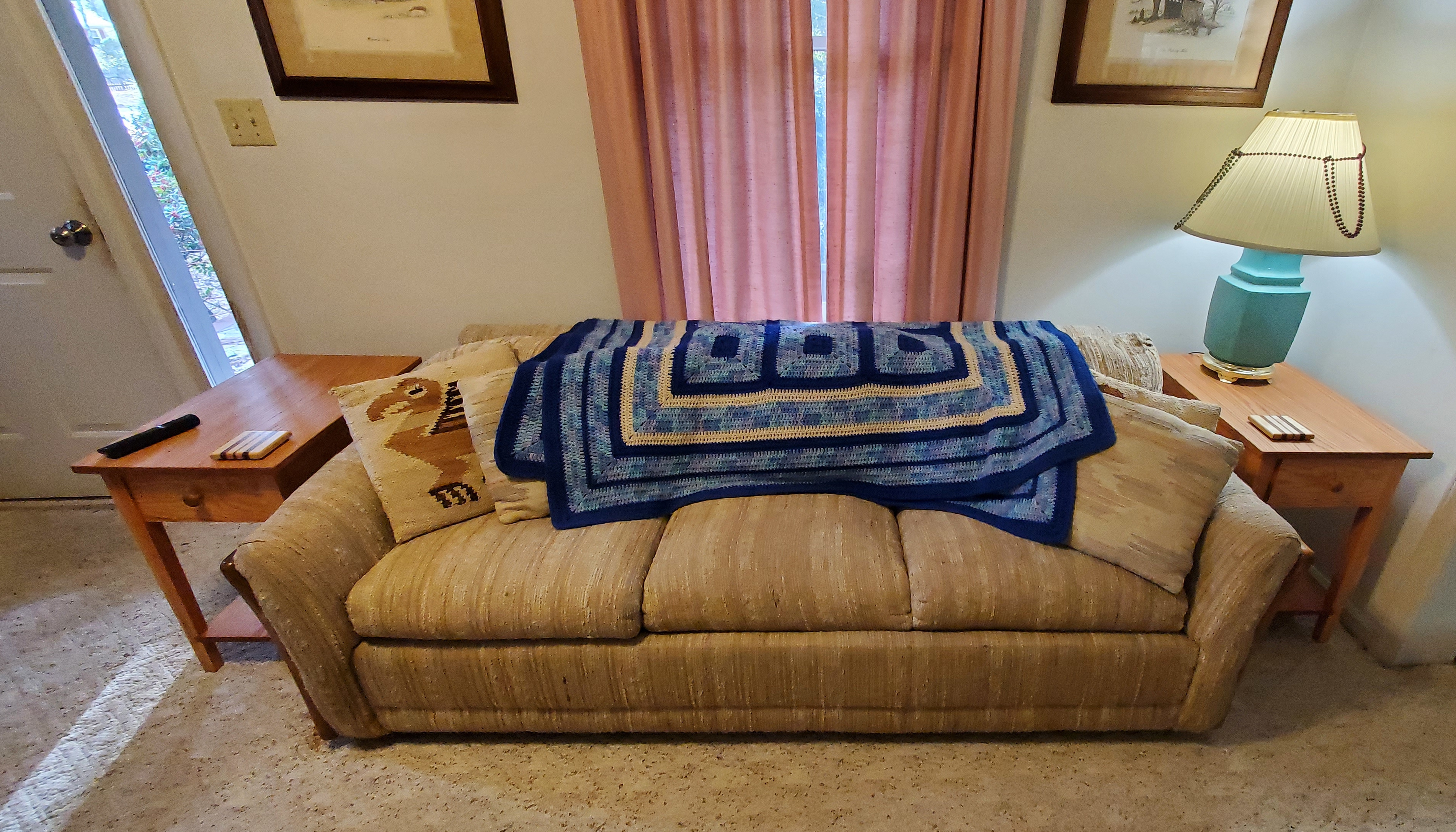
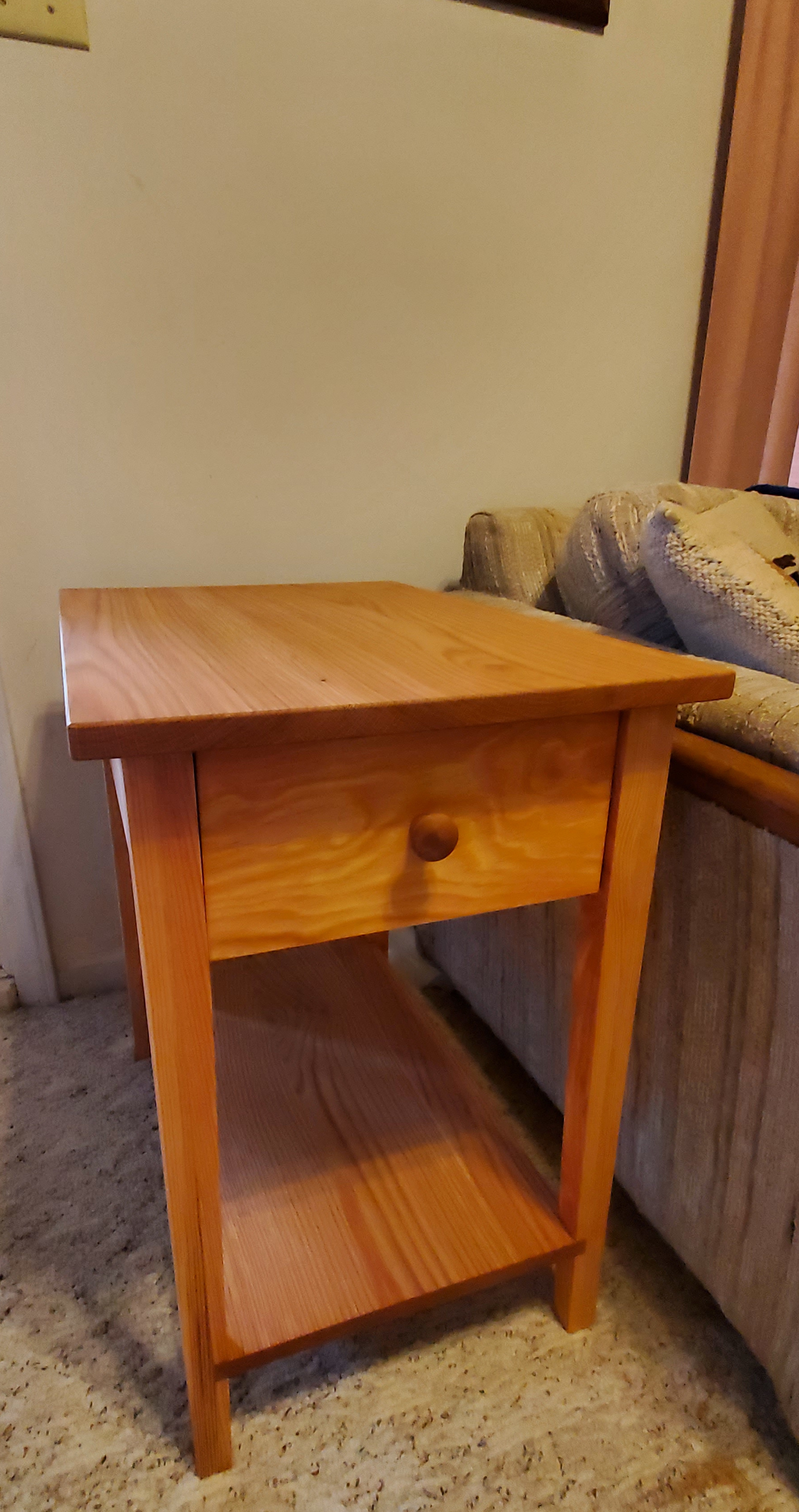
Skadi's Hammer In My Ass.